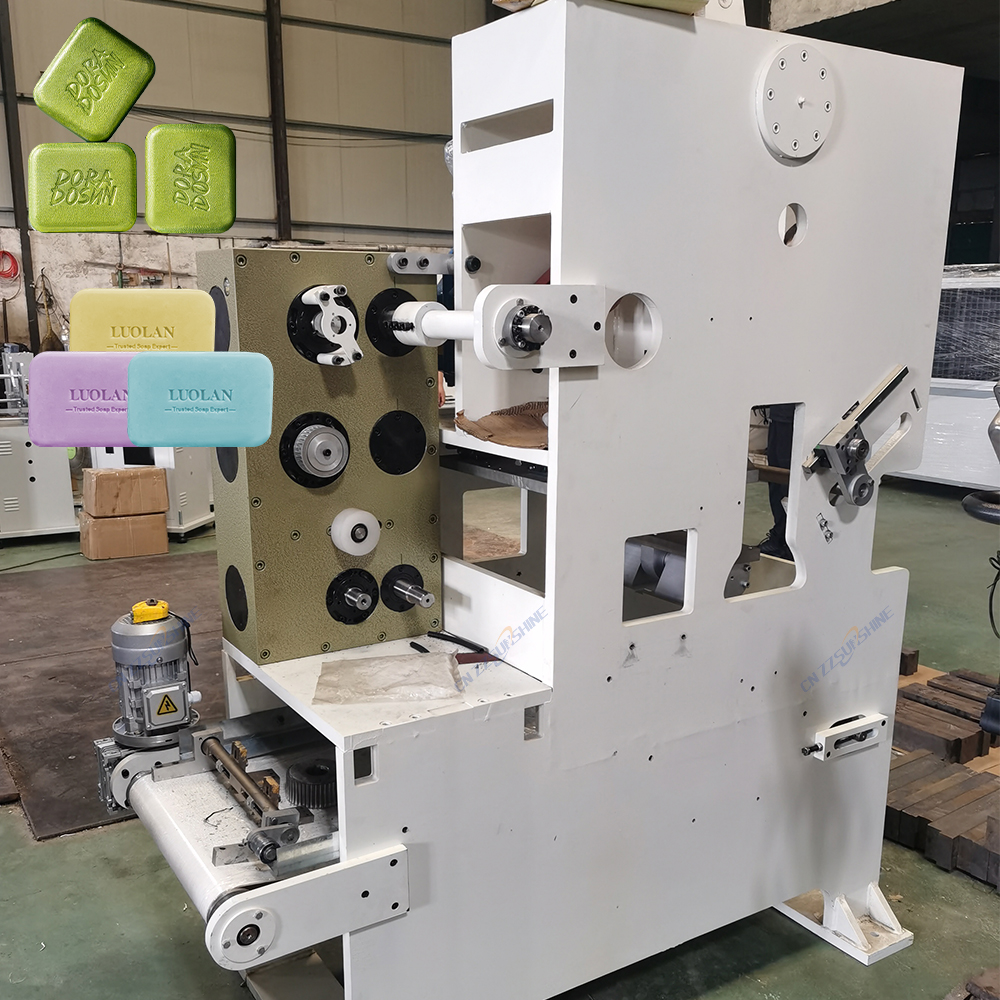Implementing an automated soap production line represents a transformative investment for manufacturers targeting efficiency, consistency, and scalability in the competitive hygiene sector. This integrated system, far surpassing manual or semi-automated setups, seamlessly combines critical processes – from initial mixing to final cutting – into a continuous, high-output operation. The foundation lies in a robust industrial mixer for chemical processing, designed to handle precise recipes of fats, oils, alkalis, and additives under controlled conditions, ensuring a uniformly blended soap base essential for quality end products.
The heart of the line is often the vacuum plodder machine for bar soap. This sophisticated equipment receives the mixed soap mass, compressing it under vacuum to eliminate air pockets – a crucial step preventing brittleness and ensuring bar integrity. Modern vacuum plodders offer adjustable extrusion pressure and die configurations, allowing manufacturers to produce dense, smooth noodles ready for the final forming stage. This continuous vacuum extrusion process is vital for premium bar soap quality, whether for laundry or toilet applications.
Following extrusion, the homogenized soap noodles are conveyed to forming and cutting stations. Here, a high-speed custom soap cutting machine, often an electric washing soap cutter, precisely slices the continuous log into individual bars with minimal waste. Advanced cutters offer programmable lengths and speeds, adapting quickly between different product specifications within a laundry bar soap production line or a dedicated toilet soap finishing line. The automation extends logically to downstream handling, potentially integrating automatic packing machines for food-grade packaging, ensuring hygiene is maintained right through to dispatch.
The tangible benefits are compelling. An automatic soap production line significantly reduces direct labor costs associated with manual mixing, plodding, and cutting. It dramatically enhances throughput, enabling outputs ranging from 500 to several thousand bars per hour, depending on the configuration. Crucially, automation delivers unparalleled consistency in bar weight, density, texture, and appearance – key factors for brand reputation and reducing customer complaints. Furthermore, integrated process control minimizes raw material waste and optimizes energy consumption. For manufacturers operating a laundry soap making line or a specialized beauty soap making line, this level of automation is no longer a luxury but a fundamental requirement for sustainable, profitable operation in today’s market.




